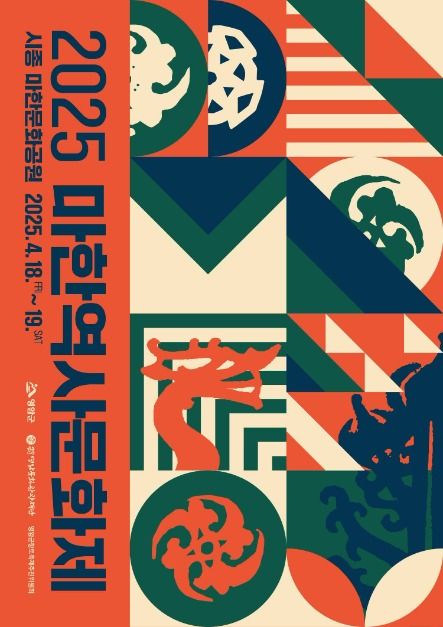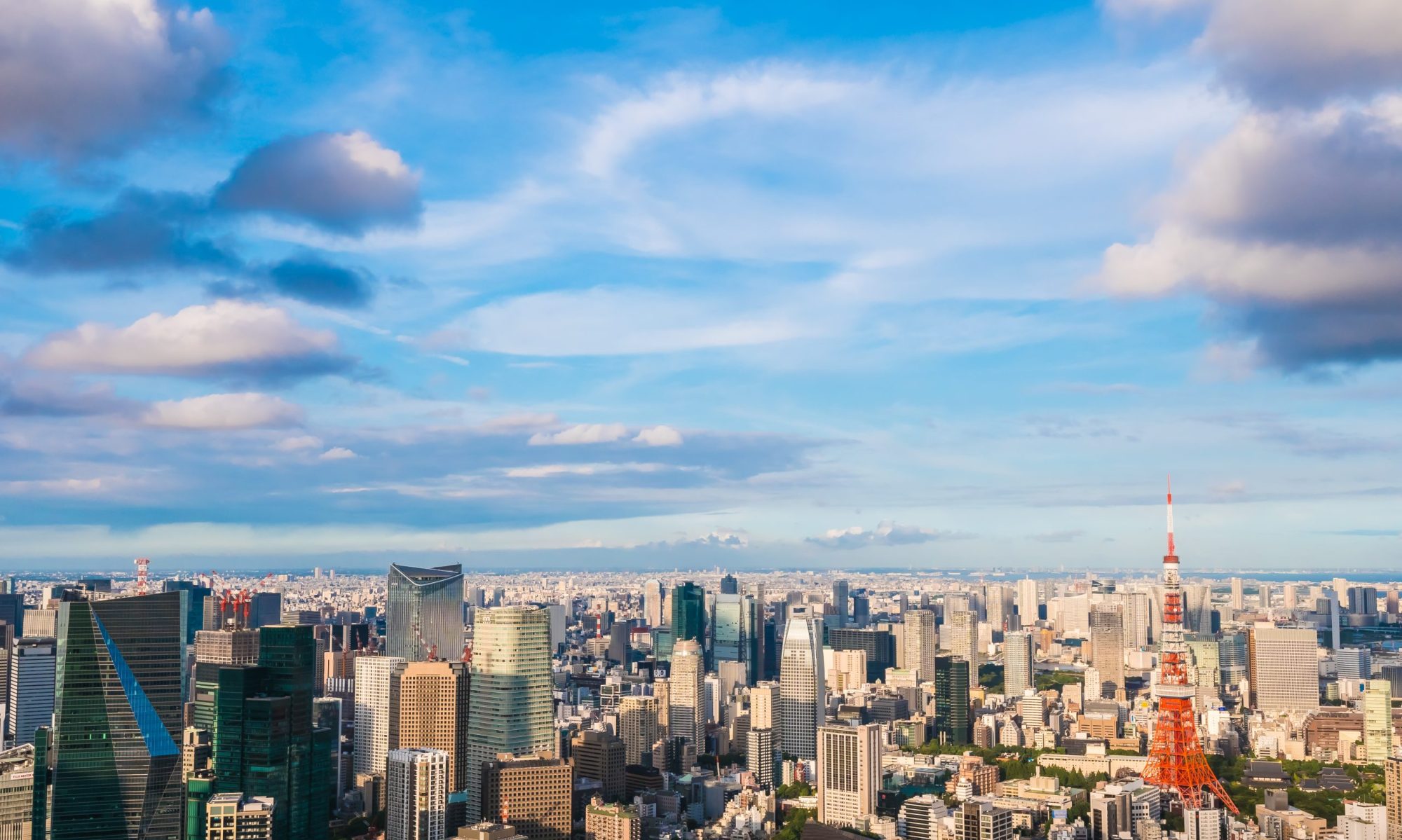Mahan History and Culture Festival
🗓️ April 18-19, 2025
The Mahan History and Culture Festival, held in Yeongam-gun, Jeollanam-do, offers an immersive experience into the history and culture of the Mahan people. Visitors to the festival, which takes place at the Mahan Culture Park, can explore a variety of programs designed to showcase Mahan’s historical heritage. These include Mahan relic exhibitions, cultural experiences, and hands-on relic excavation events.
Yeongam-gun is also actively promoting the establishment of the National Mahan History and Culture Center. This center is expected to become a crucial institution for the research and preservation of Mahan history, further underscoring the region’s commitment to its ancient past. The festival provides a unique opportunity to engage directly with the captivating history of ancient Korea.
The festival’s diverse programs are categorized as follows:
- Main Program: Featuring significant events such as the Namhae Shrine Haesinje (Sea God Festival), a grand procession representing the 54 countries of Mahan, and a variety of cultural arts performances.
- Side Program: Includes an exhibition of Mahan relics, displays and sales of Yeongam’s specialty products, and food experience booths offering local delicacies.
- Consumer Participation Program: Offers interactive activities like relic excavation, a burial mound making experience, and a treasure hunt stamp rally – perfect for those who enjoy a hands-on approach.
- Other Details: Encompasses a range of related events that complement the main festival activities.
For those planning to attend, the festival presents a compelling reason to visit Yeongam-gun, combining educational content with engaging activities. It’s an ideal destination for anyone interested in Korean history, from casual visitors to dedicated enthusiasts.
📍 Address: Okya-ri, Sijong-myeon, Yeongam-gun, Jeollanam-do
🛏️ Accommodation near the event
💰 Fee: Free
📞 Contact: 061-471-9094

What was the Mahan civilization?
The Mahan civilization was an ancient Korean confederacy that existed during the early Iron Age, from the 1st century BCE to the 3rd century CE. It was part of the Samhan, a term for the three confederacies of Mahan, Jinhan, and Byeonhan, located in the southern Korean Peninsula. Mahan was the largest of these, consisting of numerous small polities and tribes in the southwestern region of present-day South Korea.
Mahan is noted for its agricultural developments, especially in rice cultivation, which supported its population and enabled trade with neighboring regions, including China and Japan. The society was organized into a confederation of chiefdoms, each led by local chieftains who maintained autonomy while collaborating on common interests like defense and trade.
Culturally, Mahan contributed to Korean identity through its customs, religious practices, and art. Archaeological discoveries, such as pottery, burial mounds, and artifacts, offer insights into their daily life and social structure. The Mahan people practiced shamanism and ancestor worship, which were central to their spiritual and communal activities.
The Mahan civilization eventually became part of the Baekje Kingdom, one of the Three Kingdoms of Korea, as Baekje expanded its territory. Despite this absorption, Mahan’s legacy continued to influence Korea’s cultural and historical landscape. The 2025 Mahan History and Culture Festival in Yeongam-gun provides an opportunity to explore and celebrate this ancient civilization’s history and contributions.


